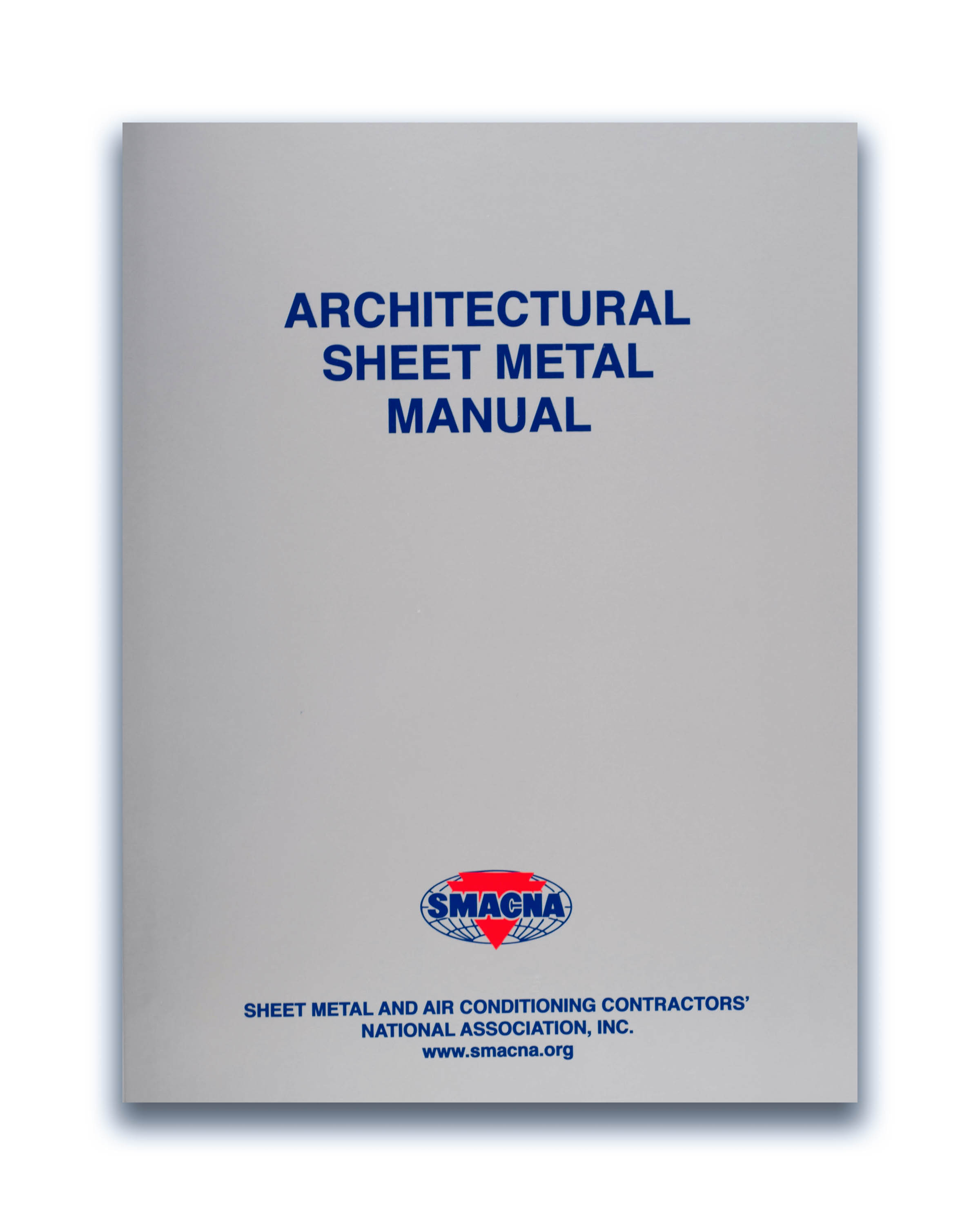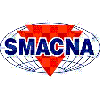In Topeka, Kansas, the interior of the Statehouse dome shines with a brilliance that lawmakers and visitors haven’t seen for decades.
A 138-year-old public school in New York City has gleaming new copper gutters and cornices and is protected from interior water damage.
And a new Harvard University library decided copper was the right roofing material from the start, making a dramatic impression for the modern building.
Those projects are among the winners of the Copper Development Association’s 2015 North American Copper in Architecture Awards. The association, along with the Canadian Copper & Brass Development Association, picked 12 projects from around the country that best represent the use of architectural copper and its related alloys.
“Every year, we’re impressed by the number of quality award submissions that we receive for the program,” said CDA spokesman Stephen Knapp. “We couldn’t be more pleased to see how many of these projects exemplify not only the sustainability and durability of copper, but the incredible diversity in the world of architecture.”
Honors were awarded in the categories of new construction, restoration/renovation and ornamental applications. The projects were recognized earlier this year at a ceremony in Atlanta.
Here are this year’s winners.
Ornamental winner
The restoration of the inner dome at the Kansas Statehouse in Topeka took top honors in the ornamental category.
The 112-year-old structure features extensive use of copper and decorative metalwork. Its underside has cast-iron columns which feature bases paneled in sheet metal. Eight arched windows allow light to bounce off the sheet metal.
Sheets of copper with pressed ornamentation are used for the arch segments. The structural ribs of the dome are also covered in copper sheet metal.
As part of the project, decades of smoke, graffiti and dirt were removed from the original metalwork.
The sheet metal contractor was Stewart Dean of Chicago.
Restoration or renovation
In the restoration and renovation category, winners included the Museum of Comparative Zoology at Harvard University, the Maine Statehouse and New York City’s Public School No. 39.
The copper dome atop the Statehouse in Augusta, Maine, dates to 1910, but much of the rest of the building is from 1832. The 185-foot dome has a gold-clad copper statue known as Lady Wisdom.
Hail and other weather damage had pitted the dome and caused leaks.
More than 7,000 square feet of copper covering the dome were replaced. Sixty-three feet in the air, a portable sheet metal works shop was erected for use by the Heritage Co. of Waterboro, Maine. The shop contained an 8-foot press brake, a 52-inch jump shear and several benches. The workers had five cases of 20-ounce copper to cut, bend and install.
Harvard’s Museum of Comparative Zoology in Cambridge, Massachusetts, required a completely new copper roof. Much of new 20-ounce copper that is going on the vertical batten and horizontal flat seams was made by Revere Cooper Co., the Massachusetts company founded by American Revolution participant Paul Revere in 1801. An estimated 10,000 copper panels were required, representing 70,000 square feet of material.
Sheet metal contractor Gilbert & Becker Co. Inc. of Dorchester, Massachusetts, working under Consigli Construction Co. Inc., used customized sheet metal brakes, notchers and shears. An assembly line of machinery performed the cutting, notching, folding, bending and soldering necessary while 18 workers installed the panels.
New York’s Public School No. 39, located in Brooklyn’s Park Slope neighborhood, has been continuously operating since 1877. What started as a small repair project grew into a large restoration project that included replacing wooden cornices with ornamental copper.
Everything had to be approved by the city’s historic preservation office. Wood joists were replaced by rectangular steel tubes. Sheet metal contractor Gotham Metalworks of Long Island recreated the original cornice, with dentils, brackets and fascia. An estimated 1,000 sheets of Revere Red copper were used to make 44 decorative replica brackets, 300 large modillions and cornices full of dentils.
Hand-rolled sheets were used to make smaller items requiring malleability. Soft, 16-ounce copper was used for the stamped fluted faces on decorative brackets.
New construction
In the new-construction category, a library, convention center, university hall, school building, hospital and three residential buildings were recognized.
The 31,300-square-foot Dumbarton Oaks Fellowship House in Washington, D.C.’s Georgetown neighborhood is full of copper details that mix with brick and limestone. The building has 25 apartments as well as plenty of public spaces.
Three-story additions to the house used flat-seam copper panels, chosen because they help the structure blend into the historic Georgetown community. It also contributed to the structure’s gold rating in the U.S. Green Building Council’s Leadership in Energy and Environmental Design.
The sheet metal works contractor was Tecta America of Rosemont, Illinois.
Harvard’s Tozzer Library roof uses 20-ounce copper. The third and fourth floor vertical walls and mansard roof have double-lock, standing-seam copper panels. The vertical seams were made to line up with the third-floor windows. Flat-lock panels are on the upper, flat roof.
The lined-up seams at the hips where the two pitched roofs came together required custom panel widths. Gilbert and Becker also installed gutter troughs, through-wall flashings, parapets, copings and copper snow guards.
Laurel and Oak halls at the University of Connecticut’s campus in Storrs, Connecticut, picked copper to unify the appearance of the two new brick buildings. At Laurel Hall, copper cladding is used, while at Oak Hall has copper lining the interior courtyards. The detailing features 20-ounce copper standing-seam panels in 12-, 15- and 18-inch widths.
The siding was installed by Architectural Sheet Metal of North Oxford, Massachusetts.
Texas center
The Irving Convention Center at Las Colinas was sort of a plan B when Irving, Texas, didn’t win its bid to build a new stadium for the Dallas Cowboys. The 100,000-square-foot facility is covered in 150 tons of milled and perforated copper panels.
The mill-finish copper facade will slowly turn from its current dark red and brown to a patina green. The copper helped the convention facility earn LEED certification.
The sheet metal work was performed by A. Zahner Co., based in Irving, Texas.
Chicago is home to the modern residence known as Orchard Willow, a house that sits adjacent to a school. Extensive use of copper on the home’s upper floors, which will slowly age, was selected to represent the long-term occupancy the owners plan to have in the structure.
The sheet metal contractor was Tuschall Engineering Co. Inc.
Officials with the Paul S. Russell, M.D., Museum of Medical History and Innovation at Massachusetts General Hospital picked copper for its sustainability, architectural details and the ability to blend in with the surrounding area while saving money.
The building sits the foot of Boston’s Beacon Hill, which many small brick buildings with copper-trimmed windows. The museum is not far from a subway station with green copper. Museum officials also liked the long life that copper provided. The museum will eventually turn from brown to green.
Approximately 10,800 square feet of copper cladding — standing and flat seams — were used, ranging from 16- to 32 ounces in weight.
The John F. Shea Co. of Mattapan, Massachusetts, performed the sheet metal work.
A private hideaway
An 8,200-square-foot private residence on Lookout Mountain near Chattanooga, Tennessee, features a low-profile, copper Bermuda roof with a 10-foot overhang, 4-foot-high fascia, large chimney caps and hundreds of feet of inlaid copper gutters.
Sheet metal contractor CopperWorks Corp. of Decatur, Alabama, used hand-seaming for the chimney flashing and a double-lock standing-seam installation for the rest of roof. More than 34,000 pounds of copper were used on the roof.
The 16-story University Center New School in midtown Manhattan is covered in Muntz metal, a copper-zinc alloy. The 375,000-square-foot University Center contains design studios, laboratories, classrooms, a large library, student residences, an 800-seat auditorium, student activity spaces and a small restaurant.
The building’s 7,500-metal panel facade is 35 percent glass and 65 percent Muntz metal, which has been aged to be golden brown.
The sheet metal contractor was Concord, Ontario-based Gamma.
Photos were supplied by the Copper Development Association.





















